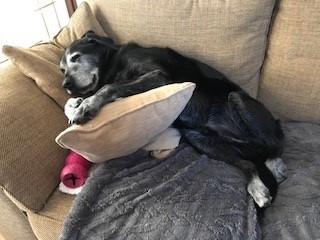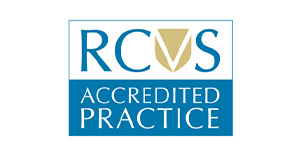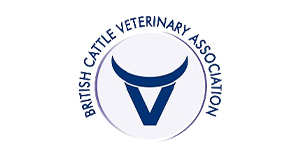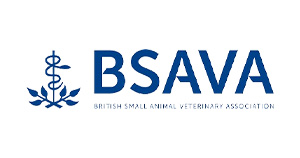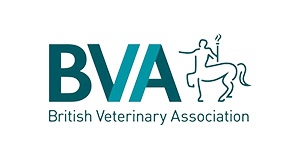Elderly rescue dog finds love again and gets relief from lump
Rescue dogs are sadly in plentiful supply up and down the country, filling out rehoming centres, waiting for their second chance at ownership and their long-awaited home. Senior dogs, those aged 7+ can often be unfortunately overlooked in place of younger, more active pets – but they can provide such loving companionship in their twilight years. This was the case for Oscar, the 11 year old Labrador, who waited patiently until his doting new owner found him and fell in love. He came with stiffness due to osteoarthritis in his hips and a couple of long standing lumps however, but his new companion wanted to do all she could for him, and eventually a few months down the line one of his most bothersome lumps ended up being removed surgically.
When Oscar arrived at the practice for his free of charge new pet check, his creaky joints and lumps were all discussed with the vet. It was noted that he was slightly overweight and that his back left leg was particularly stiff and didn’t have the normal range of motion, limited by age related arthritis in the hip joint. This could happily be remedied though by anti-inflammatory painkillers. Three lumps were also noticed at his appointment – one wart on his lower neck, one cherry tomato sized lump on his back, and one plum sized mass by his left wrist. They all appeared benign, but it was the last one on the list that would end up causing him a bit of bother.
After a few months in his new home, Oscar returned to the practice for a check-up of his lumps that his owner had been monitoring at home. His wrist lump had grown slightly, and although the appearance was still suggestive of a benign, non-cancerous cyst, his owner had now noticed that Oscar would lick this lump at night. Surgery to remove a benign lump was a possibility, but not urgent and being an older dog, the risk of anaesthetic would be slightly higher so there was time to consider Oscar’s options.
When Oscar returned for his annual health check and vaccination a few months later, it became clear that he was licking his lump quite a lot, and several areas of ulceration had appeared on the skin around the lump. Oscar had lost a bit of weight and was in good health at this stage, so it was decided that this was the point where his lump should be removed. Oscar was duly booked in for surgery the following week.
Although anxious about Oscar undergoing a general anaesthetic, Oscar’s owner knew it was the right thing for him at this stage, and with the provision of an intravenous drip and a pre-op blood test, she knew she was doing everything she could to keep him safe. Pleasingly, his blood test on the morning of his operation was all clear, so he could be taken into theatre. There was a bit of a concern with the location of his lump, on the side of his wrist, very close to his dew claw with little free skin to perform a closure, but measures were taken in his surgery to ensure that the stitching was as pressure free as possible and preserved as much skin needed to help him heal comfortably.
The operation was a success and after 20 minutes of surgical time, he awoke in his kennel with a dressing over his foot which the nurses had placed to stop him nibbling at the stitches. He recovered very well from the anaesthetic and went home later that day to continue his recovery at home. Oscar had two free of charge post-op checks with the nurse at the practice, 2 and 10 days after his procedure, and at the first appointment his bandage was removed, whilst the final appointment confirmed a fully healed surgical site, and he didn’t need to return to us until his next annual health check. Oscar’s owner was pleased that she made the decision for his surgery, as he was a lot happier without the lump as it had clearly been causing more bother than we had all initially thought.
